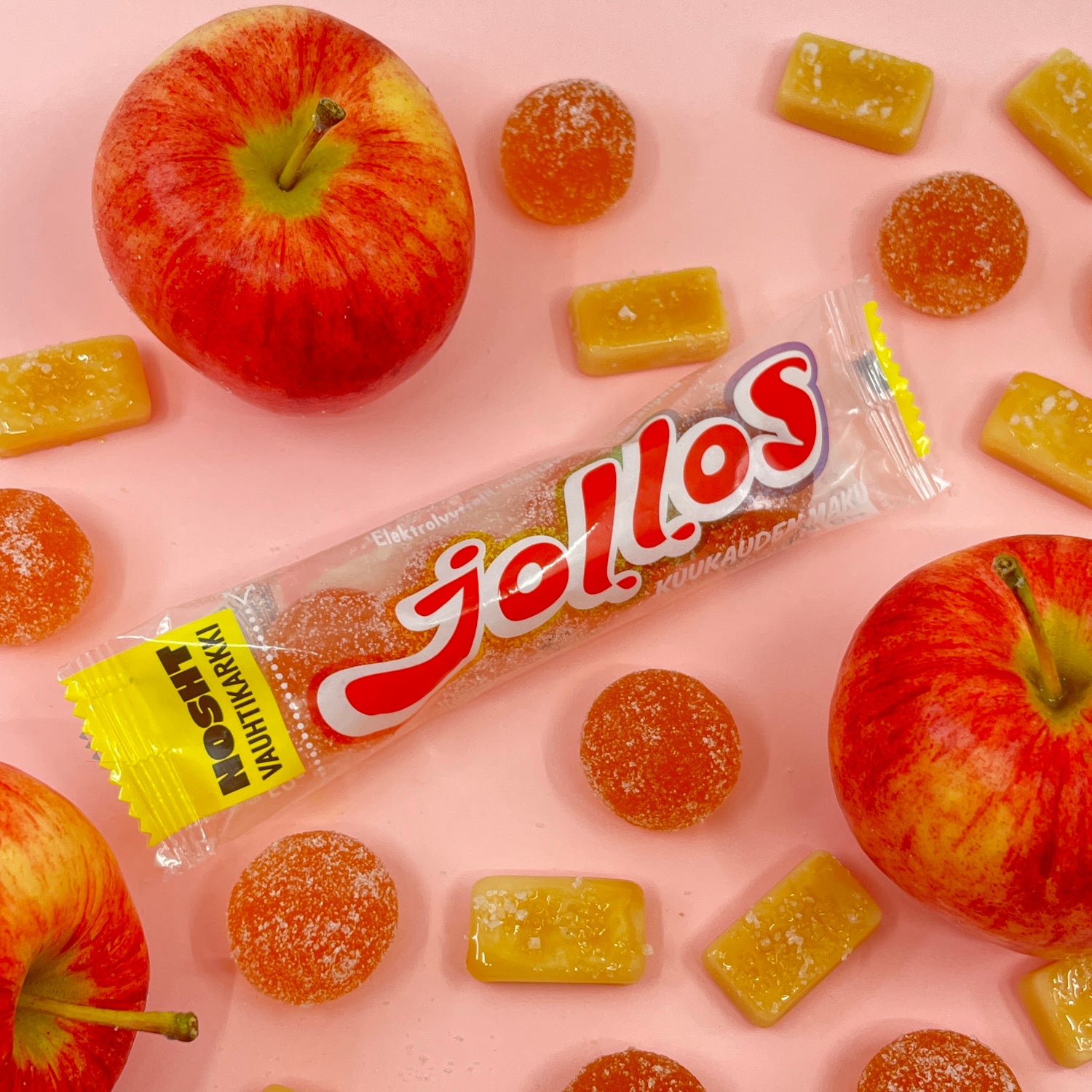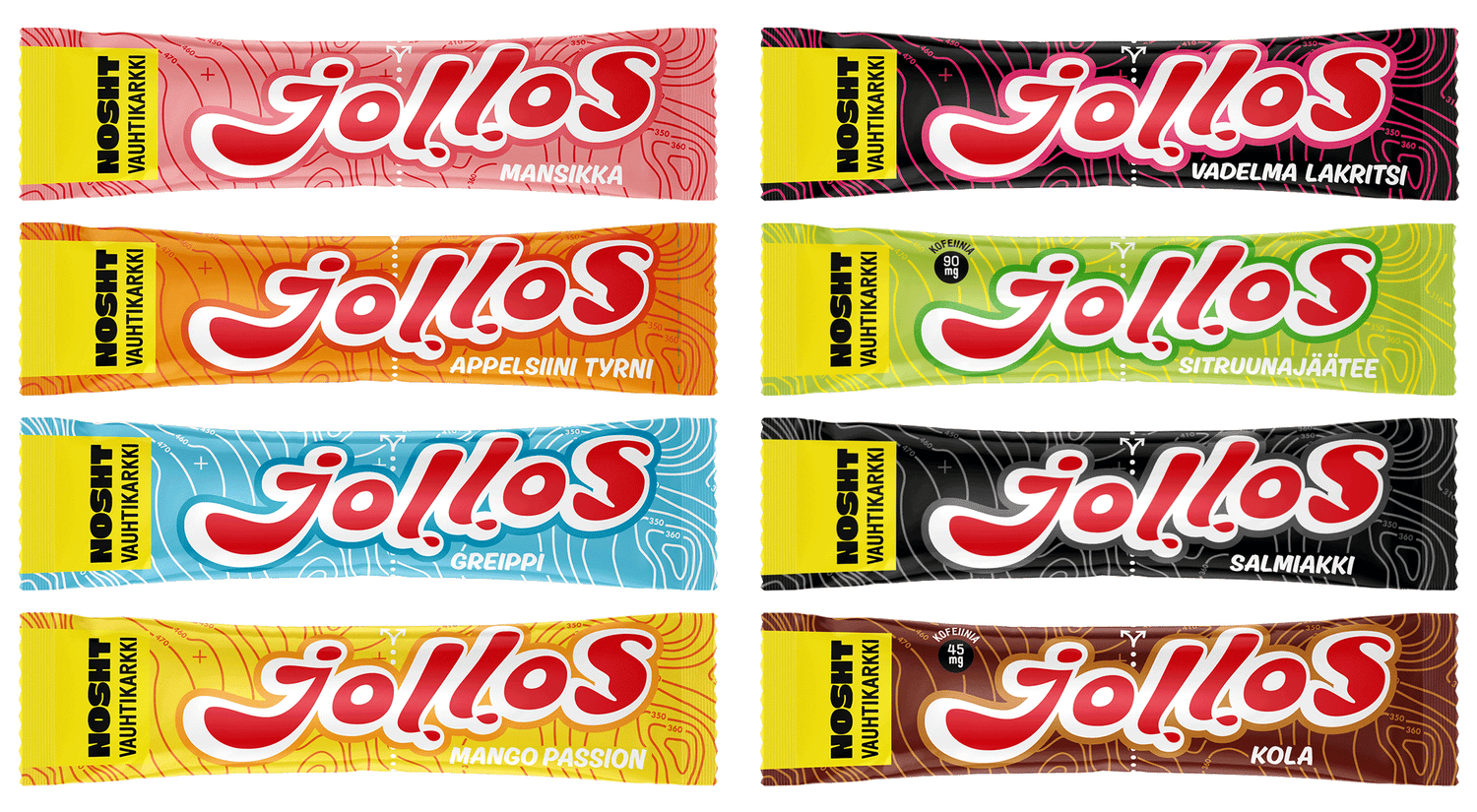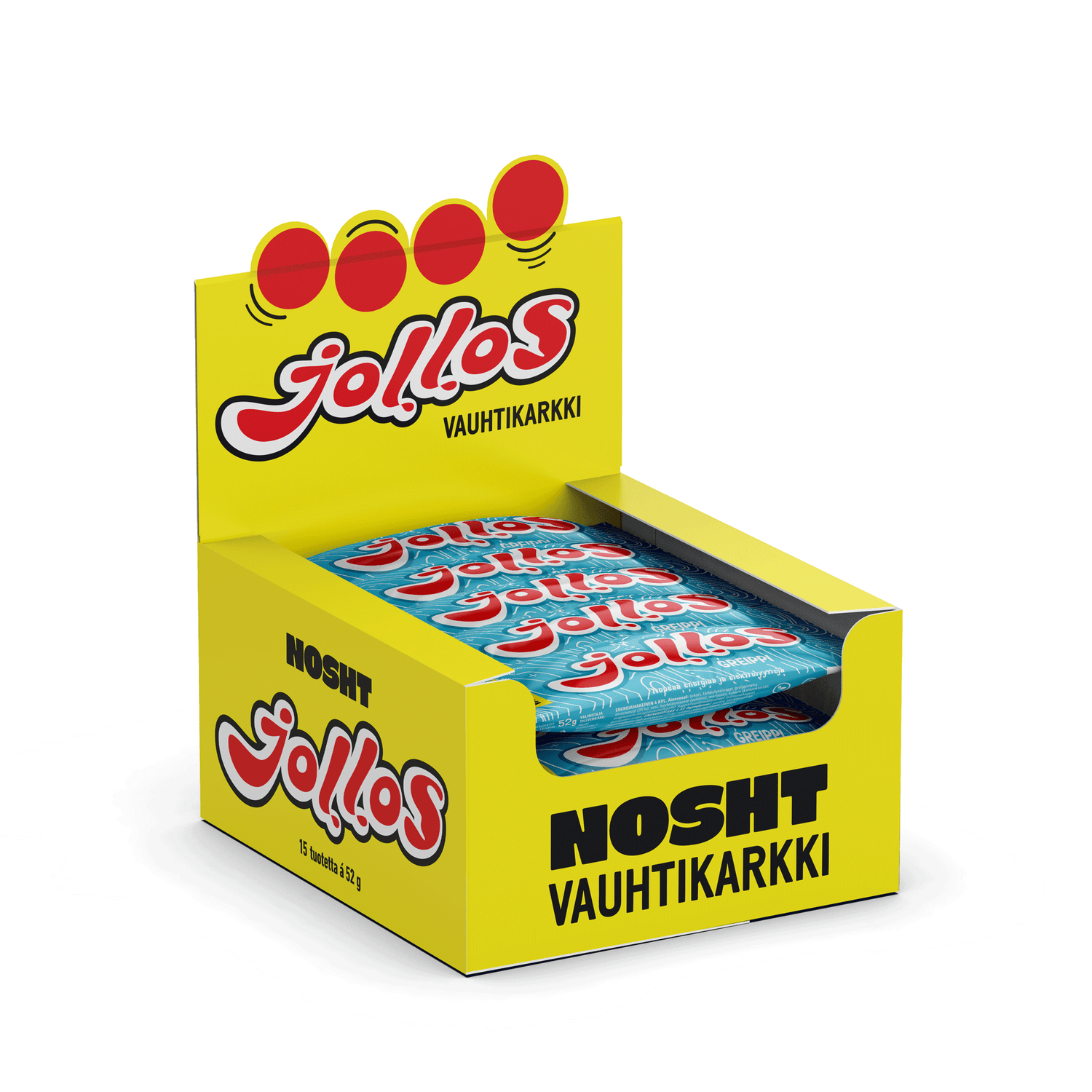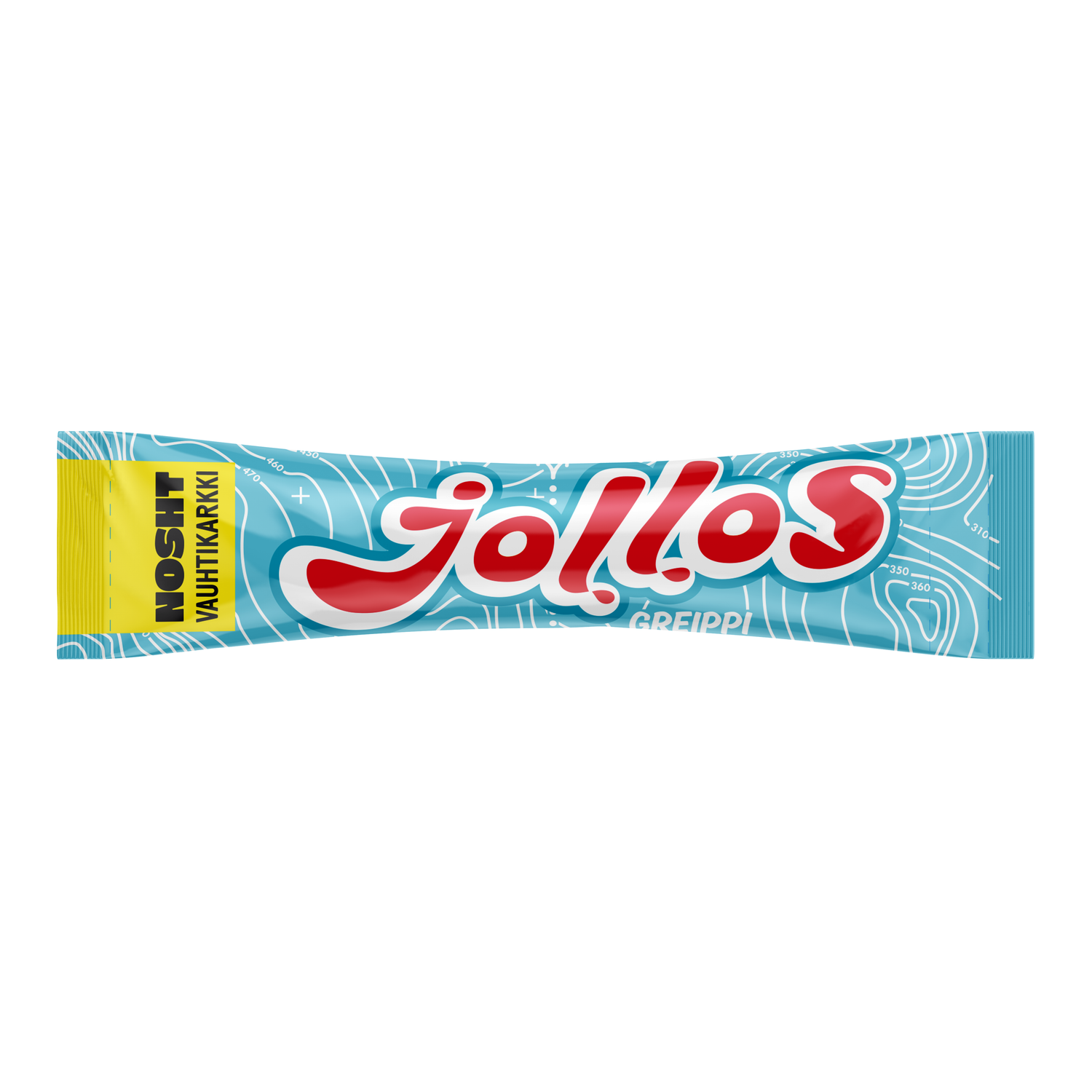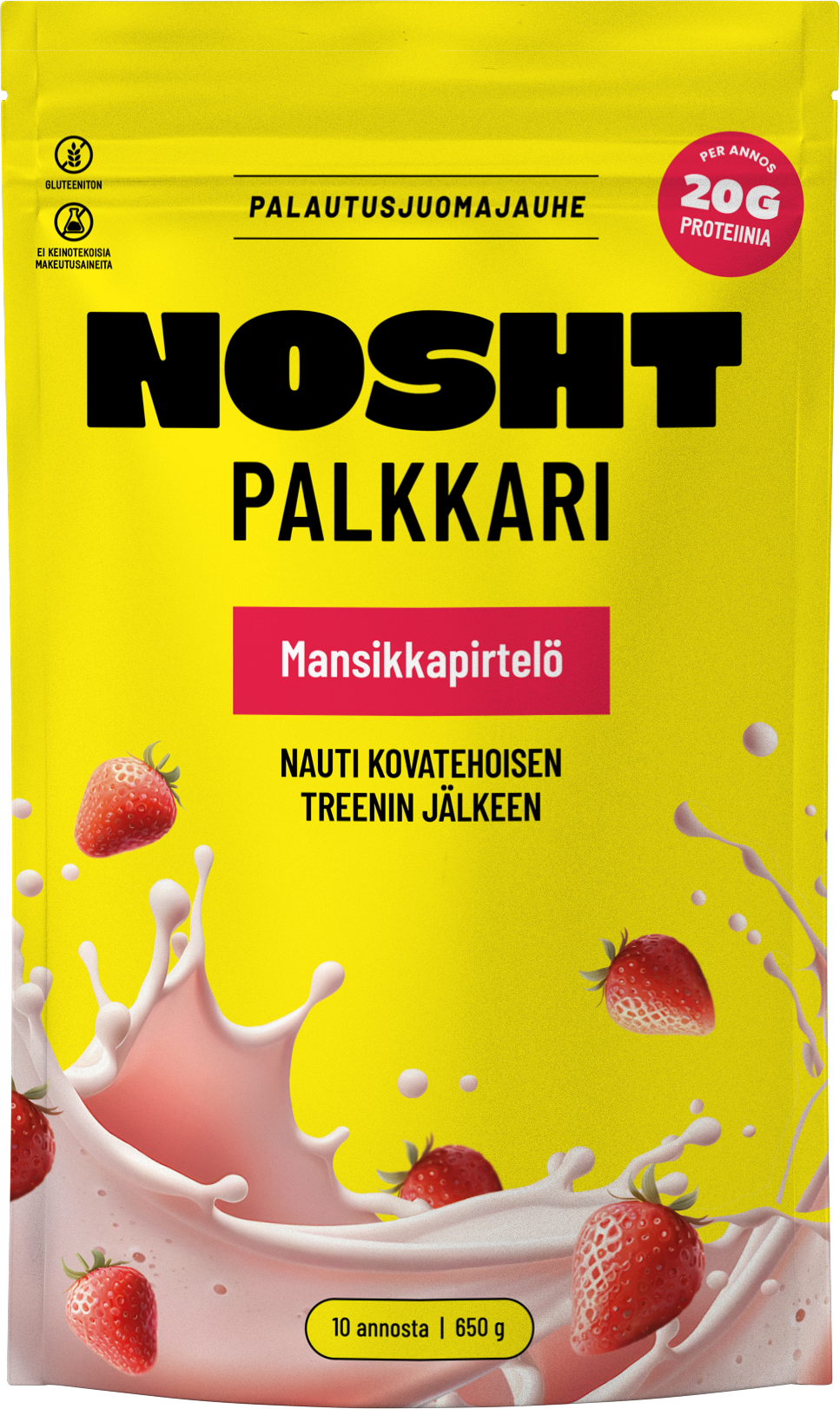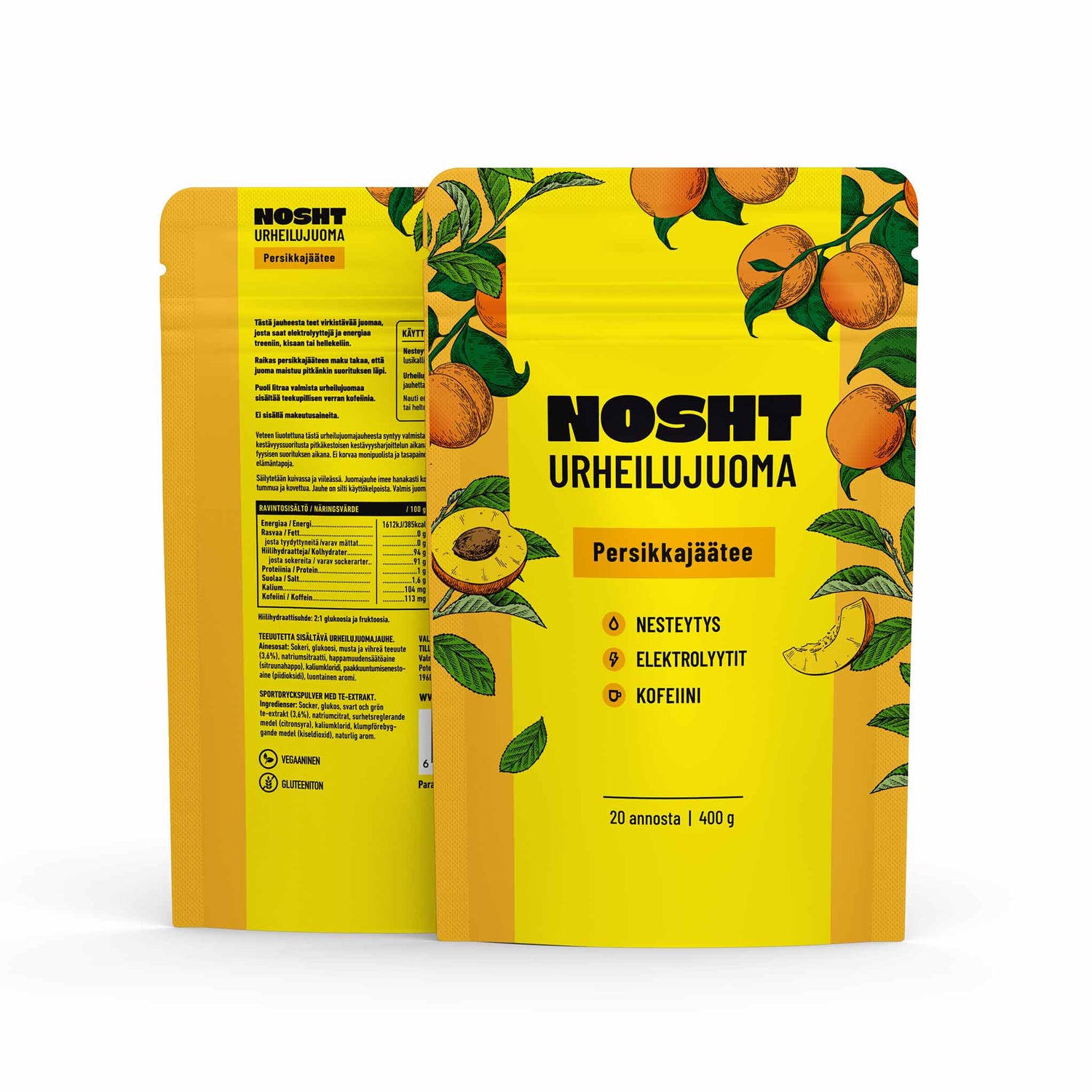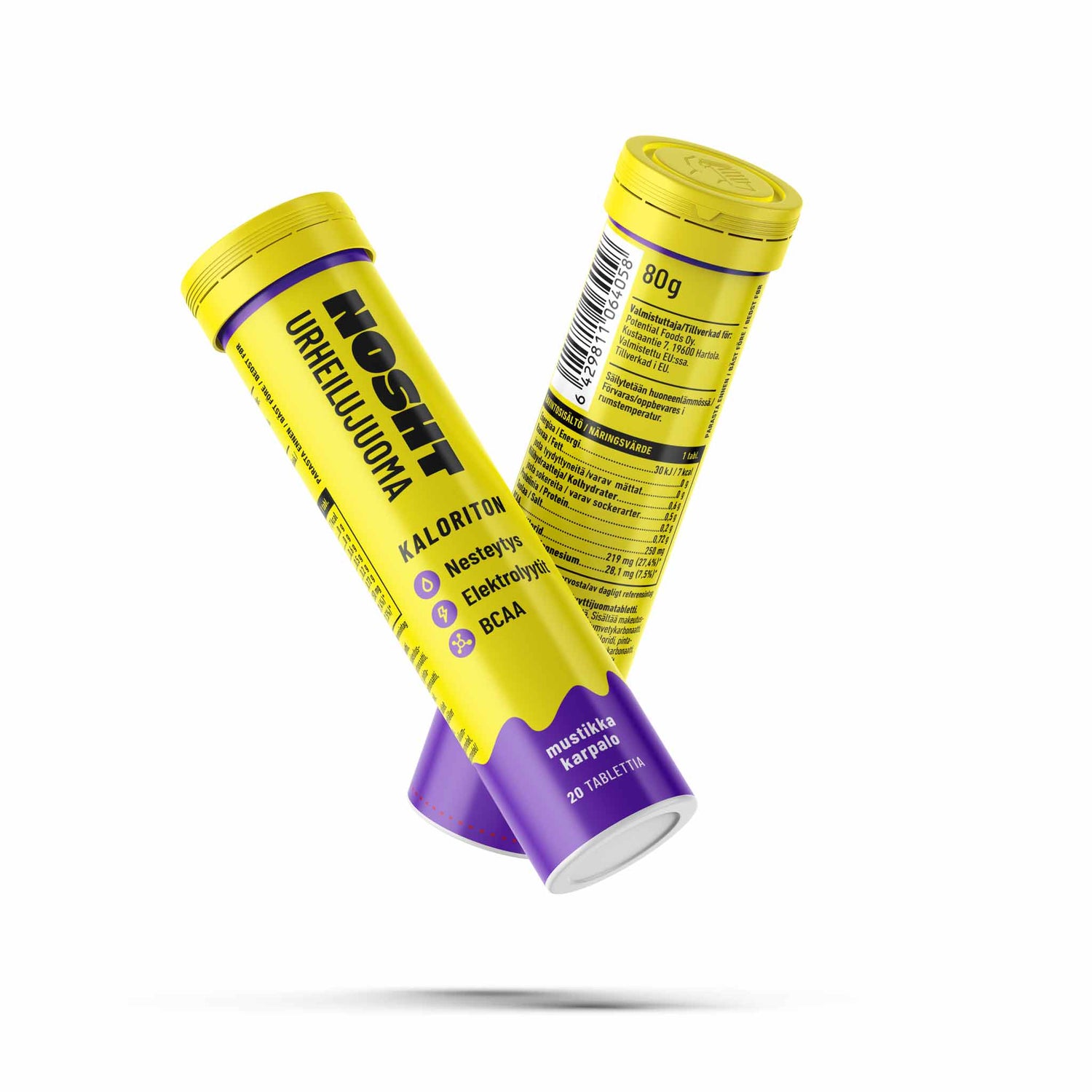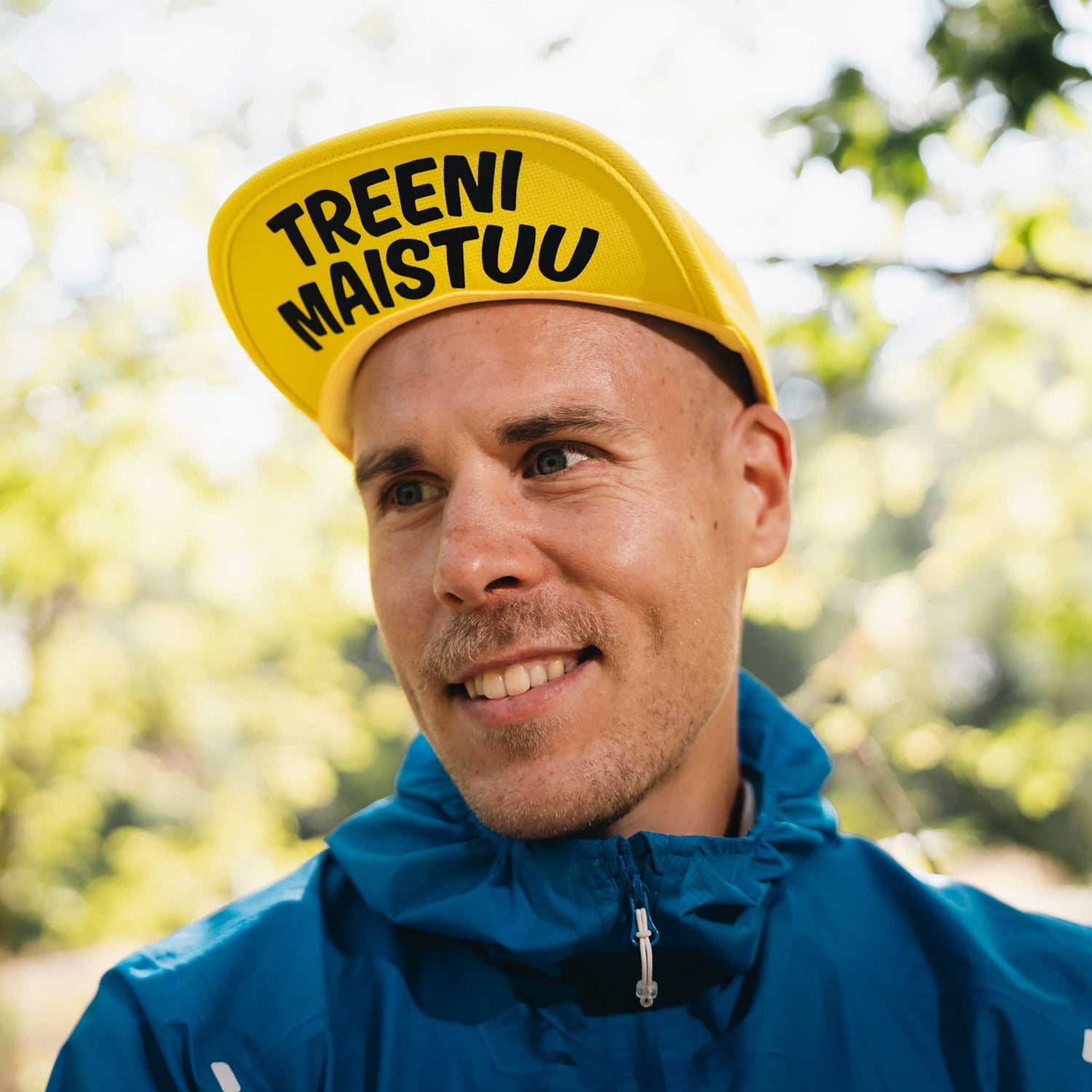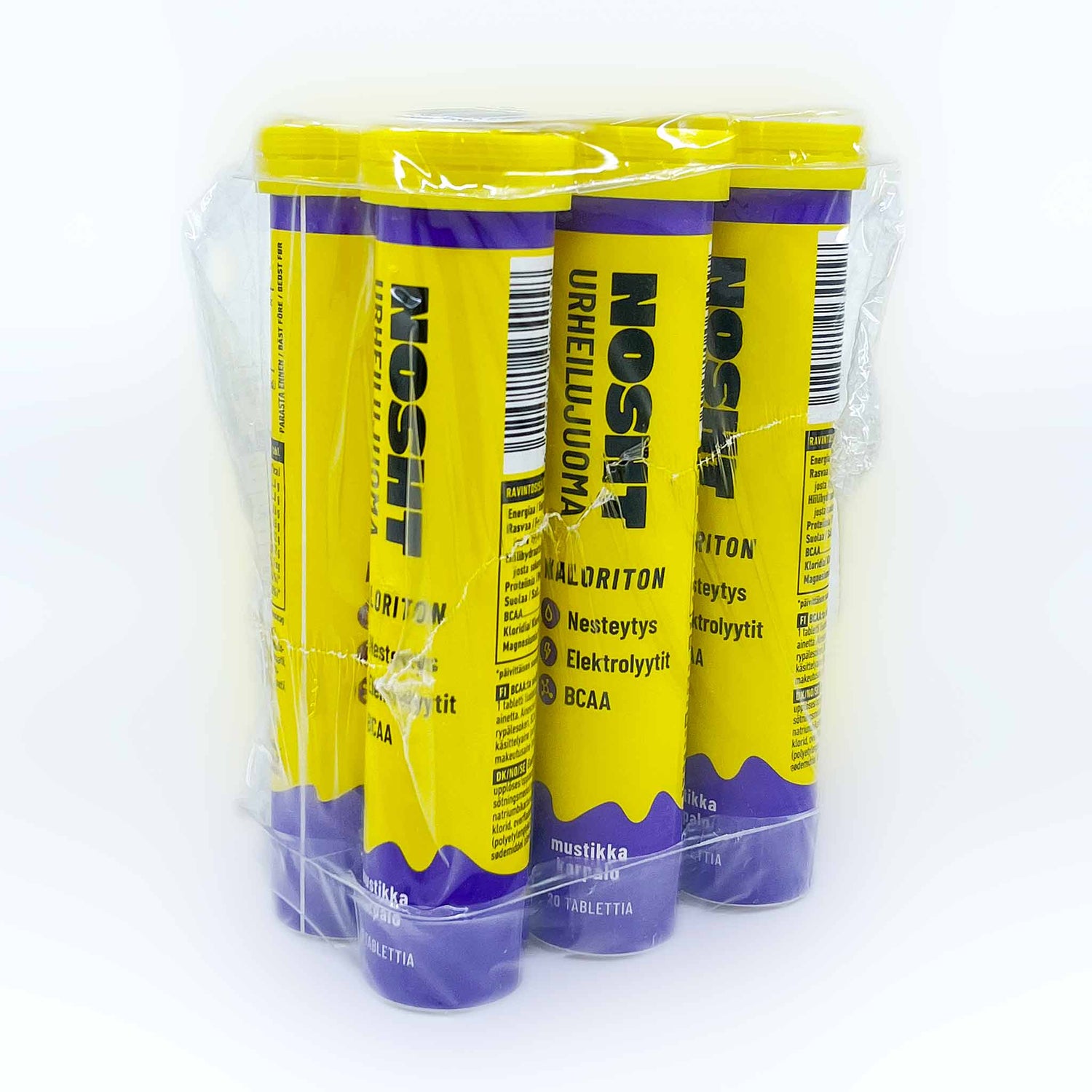What is a recovery drink and what is in it? When do I need to drink a recovery drink? What kind of a recovery drink should I have after a high-intensity workout?
By definition, a recovery drink is a drink that helps the body to start the recovery process after a workout. There are different kinds of recovery drinks on the market, and it pays off to pay attention to the ingredients and the time you enjoy your drink. Here’s everything you need to know about recovery drinks.
There are different kinds of recovery drinks
Go online or to the supermarket, and you’ll find dozens of recovery drinks. What is the right one for you depends on the nature of your workout, your goals and possible dietary restrictions.
Recovery drinks can be roughly divided into two categories: ones that include both protein and carbohydrates and ones that include only protein.
Research shows that ingesting a recovery drink with protein after a workout can increase muscle mass and strength gains after resistance training. Recovery drinks with just protein are usually used after strength training. They are often used in bodybuilding during the diet phase when the goal is to reduce calorie intake and lose weight.
After a high-intensity workout, such as functional training, interval training or a sweaty ice hockey match, it’s more beneficial to have a recovery drink that includes both protein and carbohydrates in order to fill the body’s glycogen reserves, too. In addition, a carbohydrate-rich drink helps to delay the hunger that usually comes after an intense workout. This is especially helpful if it’s been many hours since your last proper meal.
Recovery drinks can be enjoyed after endurance training, too. Research shows that for endurance athletes, it may be more beneficial to enjoy a recovery drink with protein and carbohydrates after a workout instead of just ingesting carbohydrates.
What’s in a recovery drink?
When you choose a recovery drink, read through the list of ingredients. One thing to especially pay attention to is the source of protein.
- Protein:
- Whey protein comes from milk and it’s the most common source of protein in recovery drinks. There are two varieties: whey protein concentrate, which is cheaper and has more fat and lactose in it, and whey protein isolate, which is of higher quality and has more protein and less fat and lactose in it.
- Plant-based protein can come from many different sources, such as pea, soy and peanut, and makes the recovery drink suitable for vegans. By combining different kinds of plant-based proteins, you get a drink that includes all essential amino acids and thus resembles the amino acid makeup of whey protein.
- Carbohydrates:
- When it comes to carbohydrates, the most important thing in a recovery drink is that they need to be absorbed quickly. That’s why recovery drinks usually contain sugar (such as palm or cane sugar) or maltodextrin (derived from potato or corn starch).
- Additives and sweeteners: Recovery drinks can include different kinds of additives or artificial sweeteners (especially the ones with fewer carbohydrates, usually to mask the taste of protein). If your stomach is sensitive, pay attention to the source of the sweetener: for example, inulin can upset the stomach.
With Nosht Recovery Drink Mix, we wanted to make a recovery drink that contains only the things you really need, is easy on the stomach and tastes so good that you actually want to drink it.
There are two flavours: Chocolate with whey protein isolate and plant-based Peanut & Chocolate. Our recovery drinks do not include additives or artificial sweeteners or high FODMAP ingredients, and they are designed and manufactured in Finland.
When do you need a recovery drink?
Nosht Recovery Drink Mix is designed to be enjoyed after an intense workout. You don’t necessarily need a recovery drink after an easy-paced endurance workout, but after a long or a high-intensity workout, your body needs protein and carbohydrates quickly to start the recovery process.
It’s best to drink the recovery drink directly after your workout. This also helps to fight hunger until you have time to have a full meal.
Remember that a recovery drink is meant to support your training, not replace real food. Make sure you eat enough high-quality food to support your training. If you don’t get enough energy, training will be hard and unproductive. Long-term energy deficiency can lead to many serious health problems.




